Discover world class wool
New Zealand wool is renowned for its purity, quality, strength and lustre.
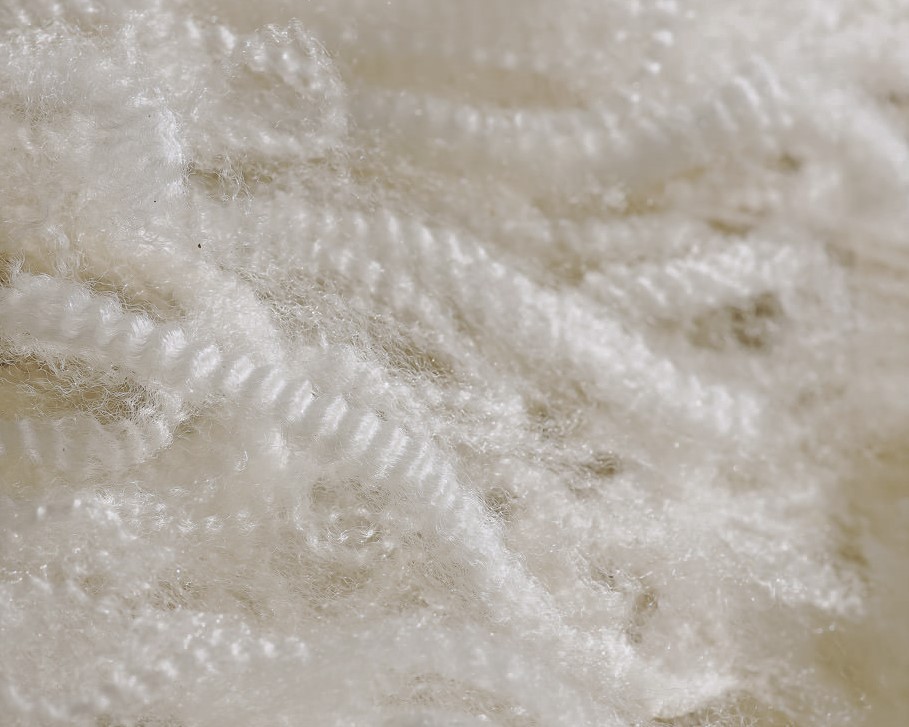
New Zealand wool is renowned for its purity, quality, strength and lustre.

No other material, natural or man-made, has the qualities and adaptability of wool. Science has taught us much about wool and has further developed its use by adapting to modern needs without impairing the fundamental virtues of the fibre.

Wool is more than just a simple strand of fibre! The complex internal structure of wool fibre is the reason wool delivers a myriad of benefits.
The internal structure of wool is complex, yet each part works together to create the most incredible super-fibre in the world.
A micron (μ or um) is one-millionth of a metre. In the world of wool, the diameter, or thickness, of one strand of wool fibre is measured in microns.
Wool from different sheep breeds gives us different thicknesses.
Merino is one of the world’s most famous sheep breeds and produces low-micron wool. Wool that is less than 20 microns is called “fine wool” and is often used in clothing due to being very soft.
There are many other sheep breeds in New Zealand, including Romney and Perendale, which produce higher micron wool. We call higher micron wool “medium” or “strong” wool and it has many uses from blankets, bedding, and mattresses to carpets, insulation, and upholstery fabrics. Medium and strong wool makes up 80% of New Zealand’s total wool production.
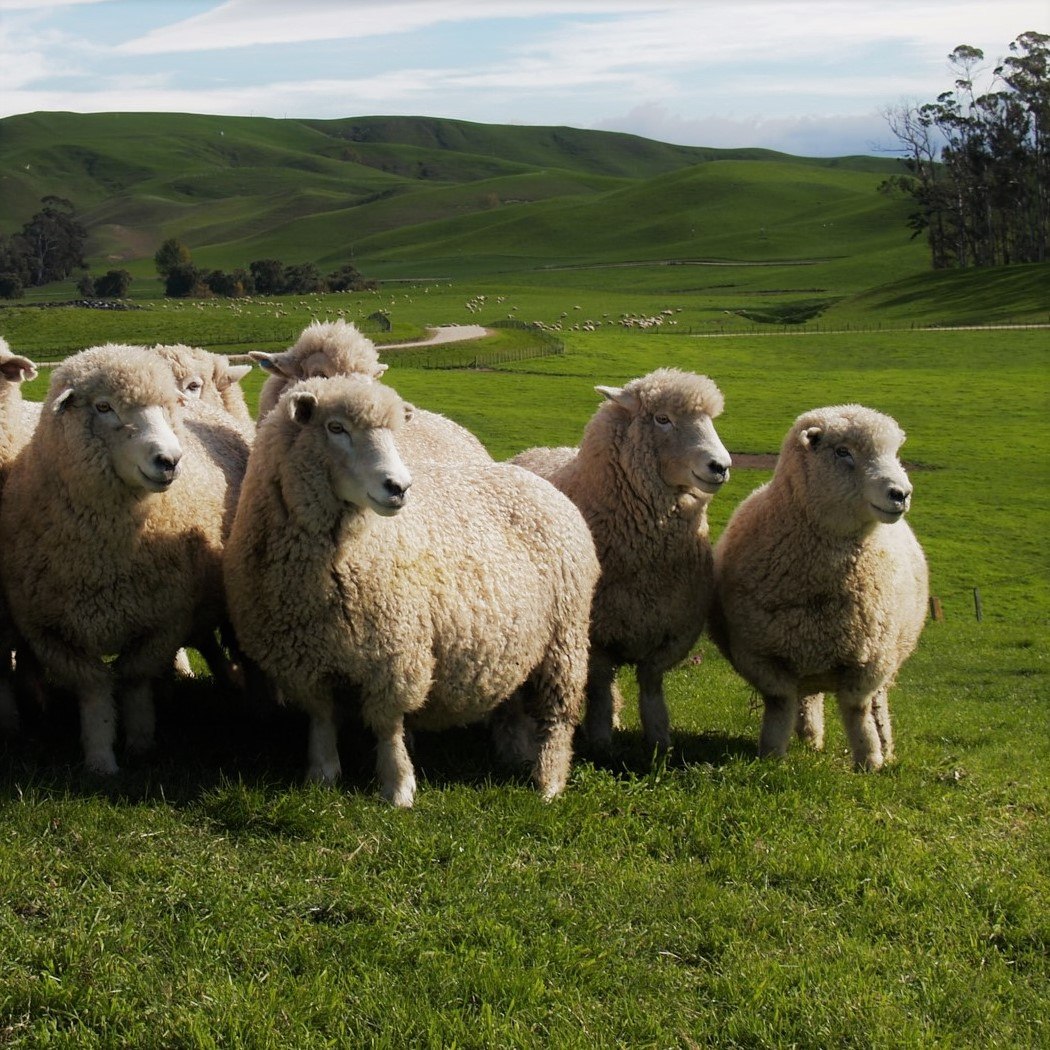
New Zealand is one of the kindest environments for sheep to live in with everything they need to grow and be healthy. A pristine climate, clean water, fresh air, grass, and growers who look after their animals and land with utmost care.
Happier sheep produce better wool, and that makes New Zealand wool the best quality in the world.
Supporting better decision-making in the wool sector, our consumer perceptions research enables supporters and partners to enhance their understanding of key markets, opportunities and changing behaviours across New Zealand and USA. Full research is available in full on our paid Partner Portal, but our factsheets below are available freely to all.
Consumer profiles of wool users, and non-users
Key category factsheets and insights
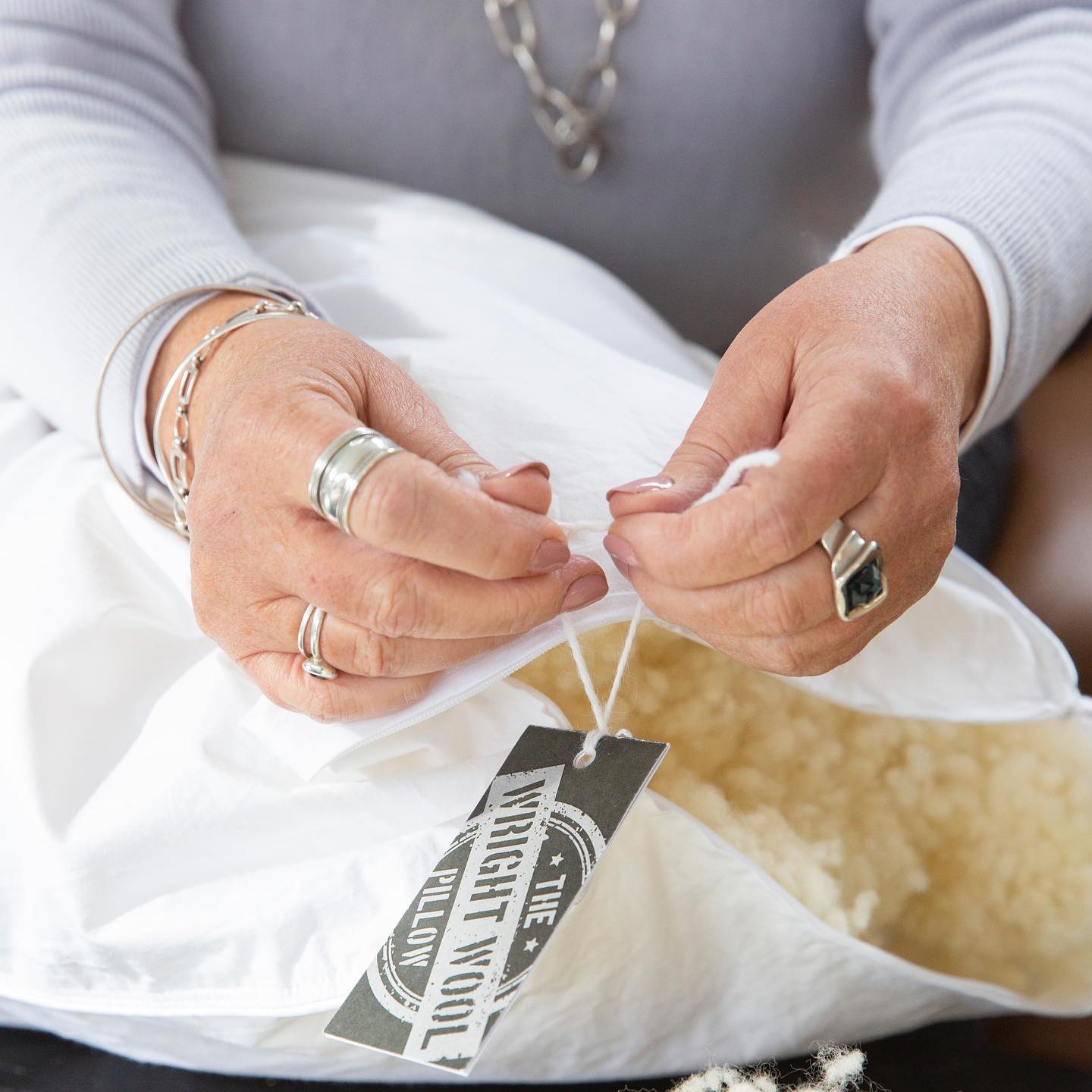
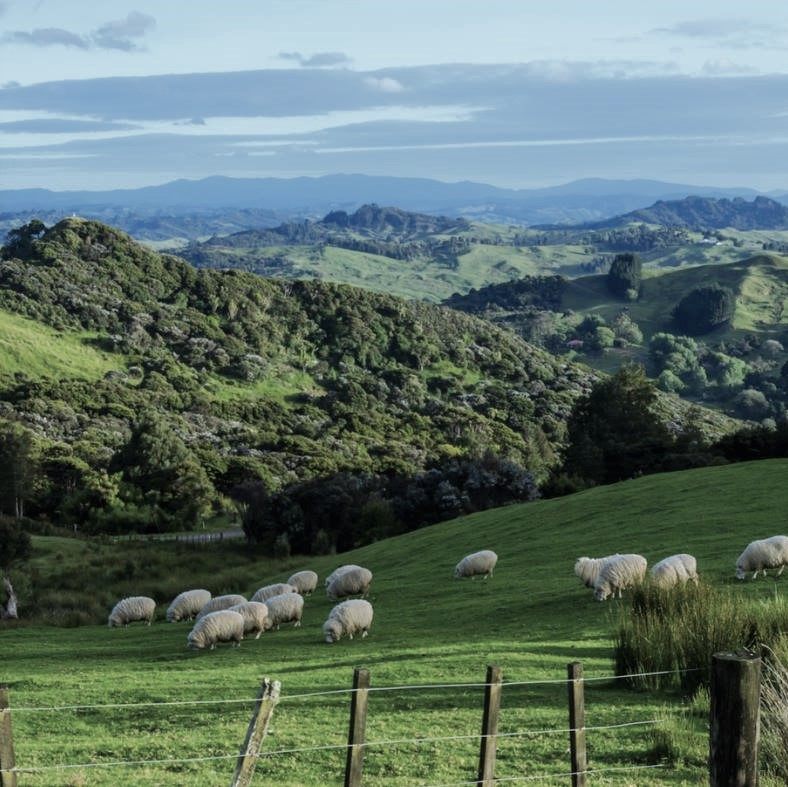
The quality of New Zealand’s pastures is reflected in the health of our sheep and the vitality of our wool. Much of New Zealand’s climate is temperate, with undulating fields, good rainfall, and high sunshine. These are perfect conditions for many strong wool breeds.
Even in New Zealand’s beautiful but harsher alpine climates, the sure-footed merino is quite at home with land to roam as far as the eye can see.
Good soil is critical for the growth of nutritious grass and New Zealand soil is some of the best in the world. Full of vitamins and goodness, the richness of our soils help our sheep grow some of the most beautiful fleeces in the world.
New Zealand wool growers are devoted to maintaining a stress-free life for their animals and ensuring the ecosystem is protected.
Regular shearing is one of the most important factors for maintaining the health of the sheep. Without it, sheep can develop a nasty and debilitating infection called flystrike. At least once per year, the growers bring their whole herd of sheep to the wool shed to be shorn.
Our growers also ensure stress-free handling of sheep on the farm with the use of specially trained working dogs. These working dogs are part of the farming family and are happiest gently shifting precious herds to their next pasture or to the woolshed.
Many New Zealand wool growers have joined the New Zealand Farm Assurance Programme which guarantees the highest level of animal welfare on the farm.
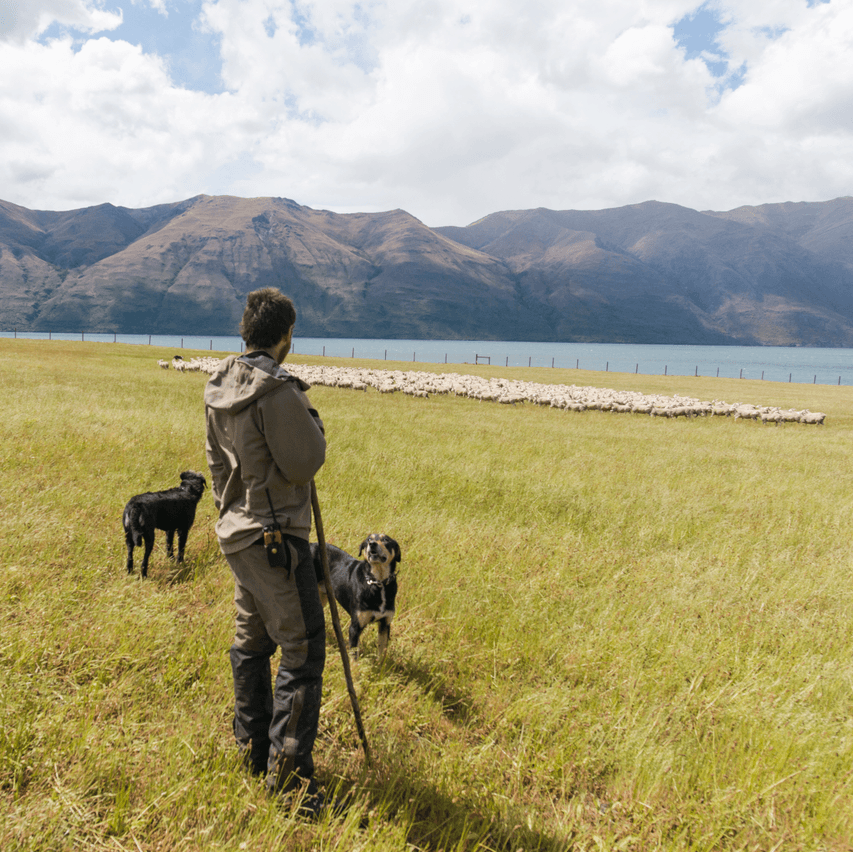
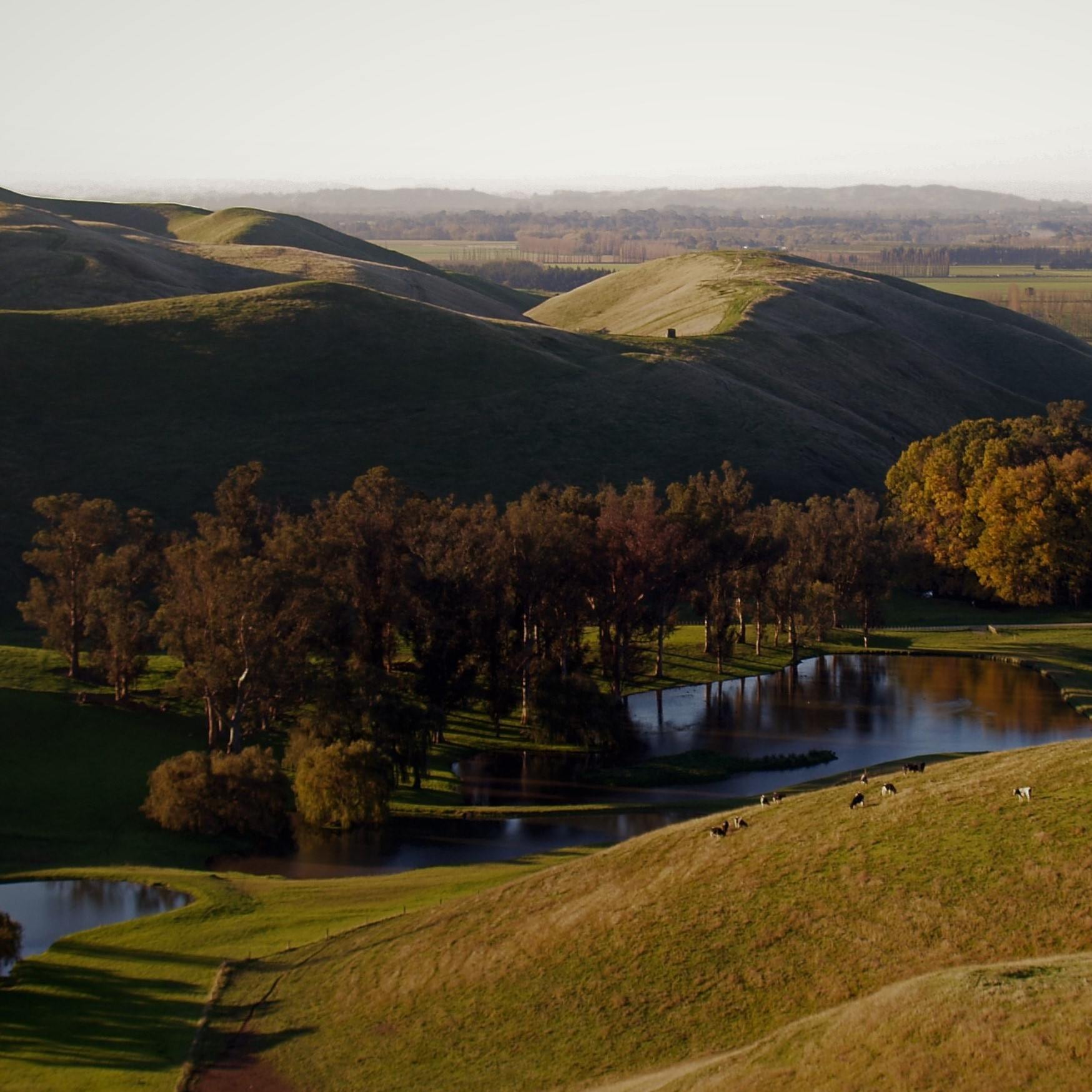
The New Zealand Farm Assurance programme (NZFAP) provide assurances to consumers regarding integrity, traceability, animal health and welfare, people, farm, natural resources, and biosecurity.
Wool from NZFAP registered farms provide confidence and certainty to millions of consumers across the world who are looking for guarantees that our products are authentic and safe.
The Campaign for Wool New Zealand fundamentally support and actively promote the integrity of wool from New Zealand and we are a proud member of the NZFAP.
Learn more about NZFAP
Working together is the way forward for the New Zealand wool industry and that’s why our partners are so important to us. Without them, there would be no Campaign for Wool in New Zealand.
If you are looking to live a more natural, sustainable life, you can be confident that choosing wool products and services from our partners is the right decision.
Wool is a fibre fit for the future, yet its history weaves way back in time, through the early days of New Zealand settlement through an era of global exploration.
Learn moreThinking of a career in wool? Many tertiary and specialist institutions across New Zealand have courses to suit your ambitions.
Learn more